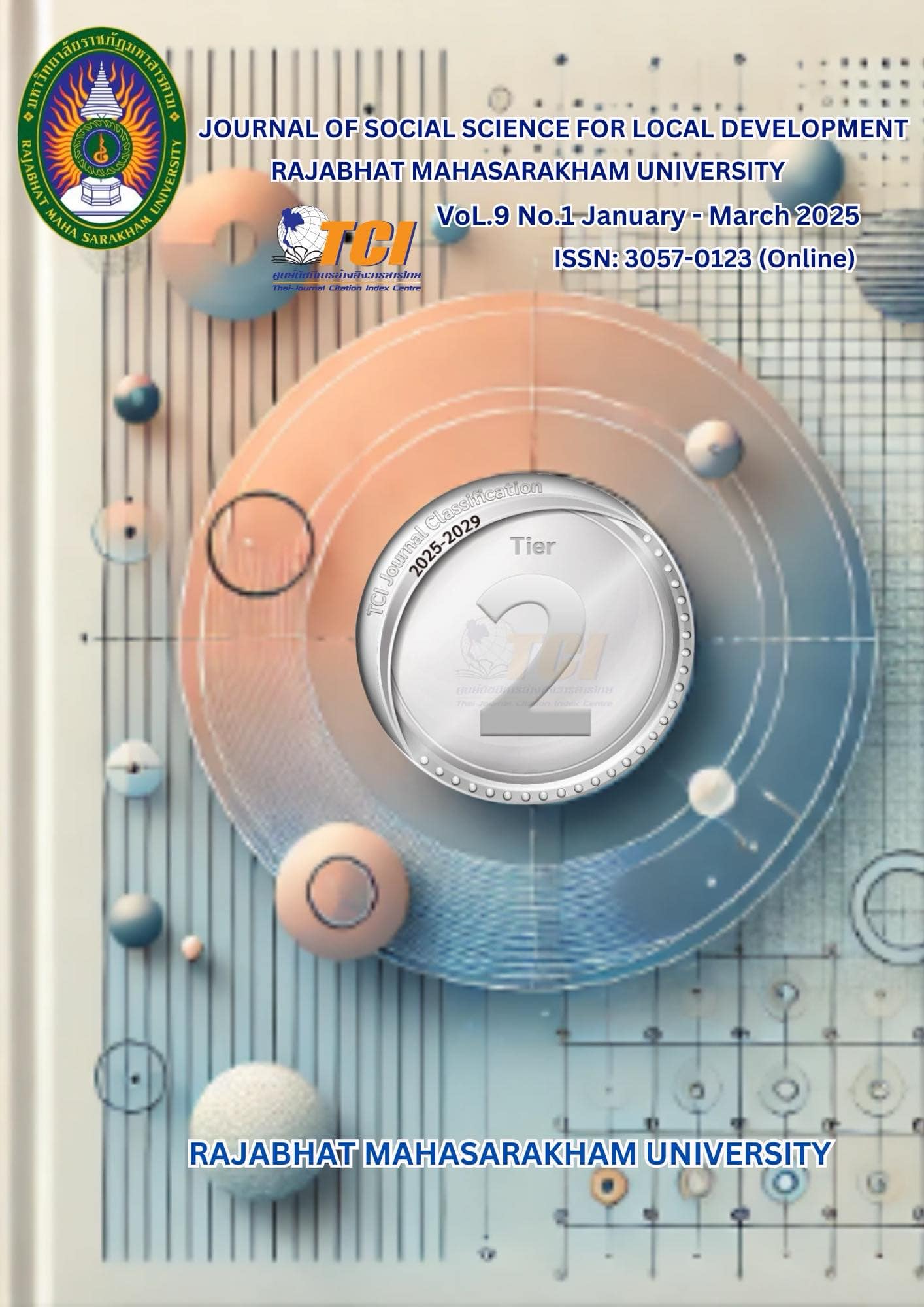The Innovation in Service Marketing and Its Impact on the Performance of Small Hotel Businesses in Central Northeastern Thailand
Keywords:
Marketing Innovation, Small Hotel Businesses, ThailandAbstract
This research consists purposes were 1. to study the relationship between service marketing innovations affecting the performance of small hotels in the northeastern region of Thailand 2. to study the relationship between hotel product and service presentations affecting the performance of small hotels 3. to study the relationship between product and service changes affecting the performance of small hotels 4. to study the relationship between creating service value perception affecting the performance of small hotel and 5. to study the relationship between proactive public relations affecting the performance of small hotels. This is a quantitative research. The research instrument is a questionnaire. There are 255 samples calculated from the size using Taro Yamane's formula (1973) at an error level of 0.05 and systematic sampling. The data collected from the questionnaires were analyzed using descriptive statistics, including percentages, means, standard deviations and testing the relationship between independent variables using Pearson's correlation coefficient and multiple regression analysis using the least squares regression analysis technique (OLS Regression Analysis). The research results found that 1) service marketing innovation has a statistically significant positive relationship with performance (β = 0.653, p < 0.05) The four aspects of service marketing innovation can explain 42.6 percent of performance (Adjusted R2 = 0.426) 2) Hotel product and service presentation has a statistically significant positive relationship with performance (β = 0.211, p < 0.05) 3) product and service adjustment has a statistically significant positive relationship with performance (β = 0.216, p < 0.05) 4) service value perception (Val) has no statistically significant positive relationship with performance (Per) (β = 0.89, p > 0.05) and 5) proactive public relations has a statistically significant positive relationship with performance (β = 0.251, p < 0.005).


